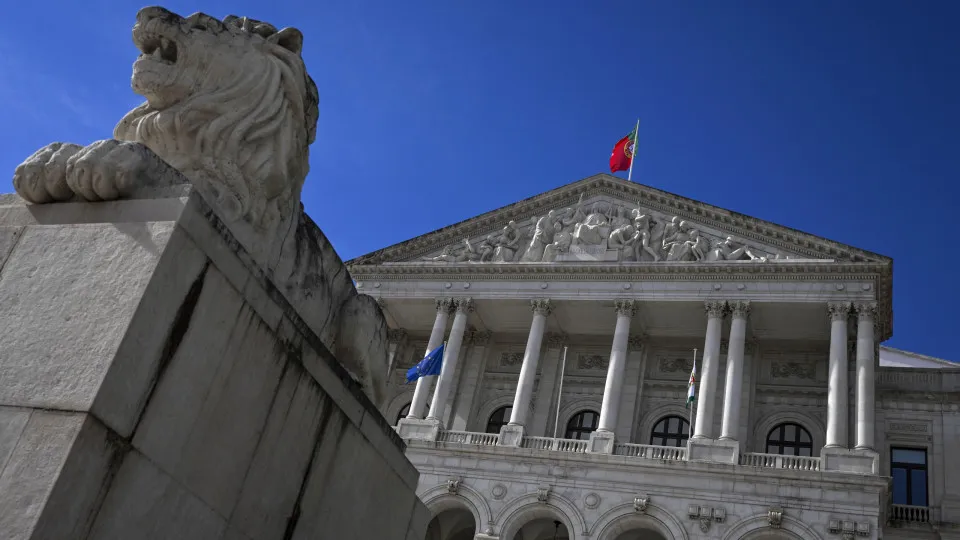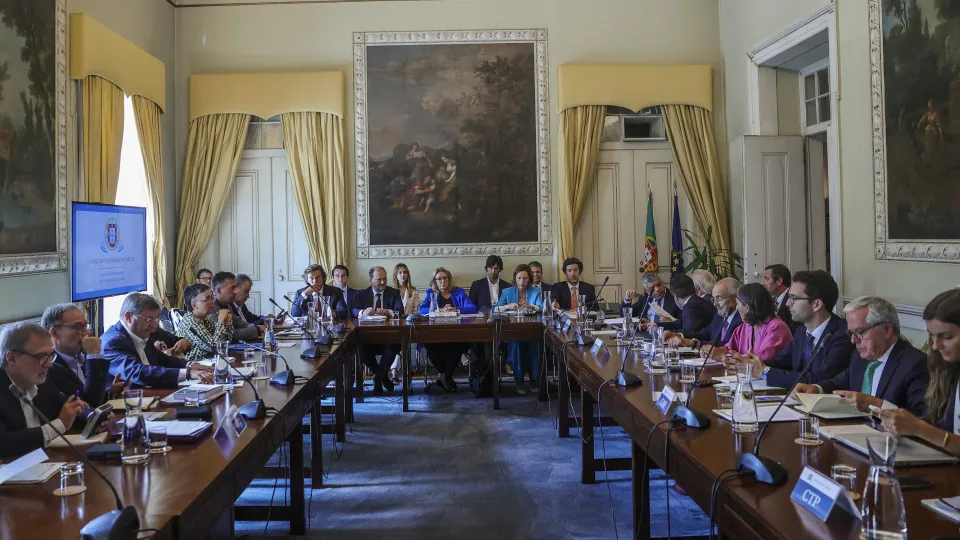
The 12-month Euribor interest rate has been trading below the six-month Euribor, and analysts anticipate that this trend will persist for some time as expectations for ECB rate cuts continue. What does this imply in practice?
Historically, the 12-month Euribor rate is higher than the six-month and three-month Euribor rates due to the increased uncertainty in longer-term economic forecasts. However, this curve has inverted since the end of 2023.
According to XTB analyst Henrique Tomé, this trend is justified because, with inflation under control and signs of economic slowdown, the forecast is that the European Central Bank’s (ECB) key rates will continue to decrease.
“A cycle of cuts is expected, resulting in the 12-month Euribor already incorporating lower future rates. The money market is assuming that the medium-term interest rate will be lower,” he stated.
Economic and geopolitical uncertainty is high
However, he noted that economic and geopolitical uncertainty is significant, so if the cuts take longer than expected or inflation accelerates, “the curve may normalize again.”
Bank BIG’s market analyst Marcelo Silva explained that investors are extrapolating or assuming that within the next 12 months, a reduction in key interest rates might be necessary, leading to a lower 12-month Euribor.
Several factors contribute to this, he explained, primarily the economic policies of the United States Government (under Donald Trump) and their impacts on growth.
How long will the trend last?
“This dynamic will not change until there is, on one hand, a definition of what Donald Trump’s economic policies will be and, on the other, what specific impacts those policies will have on the global economy and consequently on the European economy,” Marcelo Silva mentioned.
ActivTrades Europe analyst Henrique Valente also agreed that the curve inversion indicates that the market expects more rate cuts throughout this year.
“It’s a cyclical inversion that will likely return to normal when interest rates stabilize or a new hiking cycle begins,” he asserted.
As for the evolution of Euribor, analysts are cautious, estimating a gradual decline while warning that several factors might easily challenge projections, such as the trade war initiated by the United States and the situation in Ukraine.
Filipe Garcia, President of Financial Markets Information, says the market expects “two to three more key rate cuts” (from the ECB), projecting the six-month Euribor at 1.795% on September 30 and 1.725% on December 31.
Last Friday, May 2, the six-month Euribor was fixed at 2.143%. Meanwhile, the three-month Euribor stood at 2.142%, and the 12-month Euribor at 2.045%.
The economist expressed skepticism that the ECB will cut rates as much as many anticipate, as he believes Frankfurt might want to maintain interest rates as a monetary policy tool. However, he noted that there is no prospect of reference rates rising, implying that Euribor should continue to decrease.
The Euribor was established alongside the introduction of the euro on January 1, 1999, as a benchmark interest rate for the eurozone’s interbank market. Euribor rates are determined by averaging the rates at which a group of 19 banks (including the Portuguese Caixa Geral de Depósitos) lend money to each other.
Their value is intrinsically linked to the ECB’s policy rates. When the market anticipates an ECB rate hike, Euribor rises; when it expects rate cuts, Euribor falls.
Euribor has had several historical moments.
In 2008, during the financial crisis, rates exceeded 5% at several terms. With the ECB intervening and cutting rates to stimulate the economy, by mid-2009, Euribor rates were trading around 1%.
In 2015, rates became negative, reacting to the ECB’s decisions (including significant cuts in policy rates) to boost the economy.
In 2022, Euribor stopped trading in negative territory, following the ECB (which raised policy rates amid rising eurozone inflation, during a year also marked by Russia’s invasion of Ukraine) and began rising.
In October 2023 (monthly average), the three-month Euribor traded at 3.968%, the six-month at 4.115%, and the 12-month at 4.160%. It wasn’t until 2024, with expectations of ECB cuts, that Euribor began to gradually decline.
Euribor serves as a benchmark for financial products, primarily variable-rate home loans (the main form in Portugal).
If the decline in Euribor, especially when it was negative, was a relief for those paying variable-rate home loans, the increase in Euribor in recent years has been a significant financial burden for many families due to the substantial rise in monthly installments. More recently, the relief has been minimal.
According to the latest data from Banco de Portugal, in February (most recent data available), 37.5% of total variable-rate home loans were indexed to the six-month Euribor, 32.5% to the 12-month Euribor, and 25.7% to the three-month Euribor.
For new home loans granted in February, the 12-month Euribor was predominant (accounting for 46.9% of the total), followed by the six-month rate (44%), while the three-month rate was marginal (5.9%).




